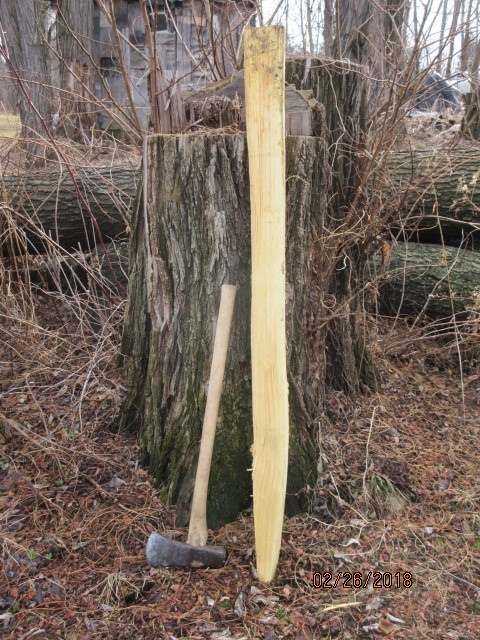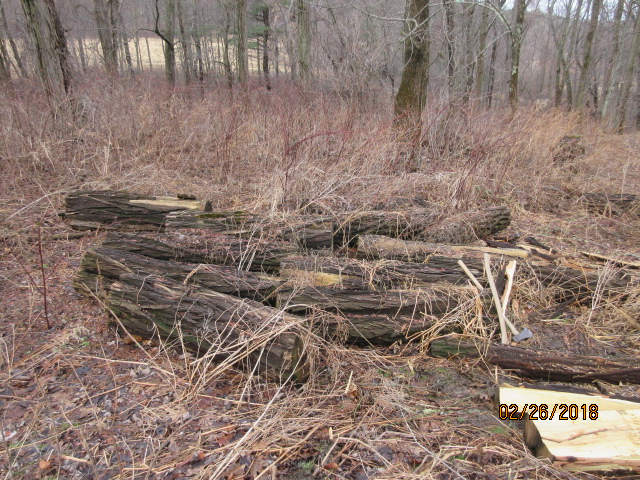In my last post I discussed how we got our start with animals and farming and the journey from our old property to this one. In this post I will discuss the influences that we work to include in our farm business.
Natural materials: It is probably not surprising to see natural materials as an influence in a farm given that the products come from the land, and you can’t get more “natural” than that. However, we extend that beyond the products we produce to our own tools, packaging, display stands, animal housing, and feed as much as we can.
Historical reenactment: History has always been an interest of mine and as a teenager I was introduced to historical reenactment of the French & Indian War and Mountain Man eras through nearby events held at the Old Saratoga Muzzle Loading Club next door to the Saratoga National Historical Park. As an adult I explored the early history of Europe and the British Isles which tied in well with what I know of my genealogy. Through a friend I was put in touch with a reenactment group focused on the viking era. As a result of all of this, (yes, it is my fault) both Lynda and I are now thoroughly involved in viking era historical reenactment and we hope to make it a theme in our farm business.
Primitive breeds: Once we discovered primitive breeds we never looked back. We love the variety of colors, fleece types, and personalities. We also like their hardiness, their ability to do well on hay and pasture alone, and that they are repositories of genetic diversity. The primitive breeds we have kept or have now are Shetland sheep, Icelandic Sheep, Black Java Chickens, and Scottish Highland Cattle. Currently we have Shetland and Icelandic sheep. We have kept Shetlands for twenty years and have just recently added Icelandics. Both of these breeds appeal to our sense of heritage and their origins in the Shetland Isles and Iceland. In addition, their wool is among the best wool I encountered while processing many different breeds wool in our fiber mill. Given how well these breeds fit into our reenactment perspective, we decided we should have both. In time we also intend to have highland cattle again, and black javas or another interesting old chicken breed.
Community: Our experience establishing a fiber mill, and running a farm generally, impressed upon us the limitations of attempting this type of endeavor as a solo couple. With one person working full time and the other combining various employments with farming, it can be very difficult. Consequently, we are developing a working relationship with another local farm to share resources and provide mutual assistance. This is new territory for all of us, and we are working it out as we go. Their farm is Luina Greine Ferme which is Gaelic for Sunset Hill Farm.

















